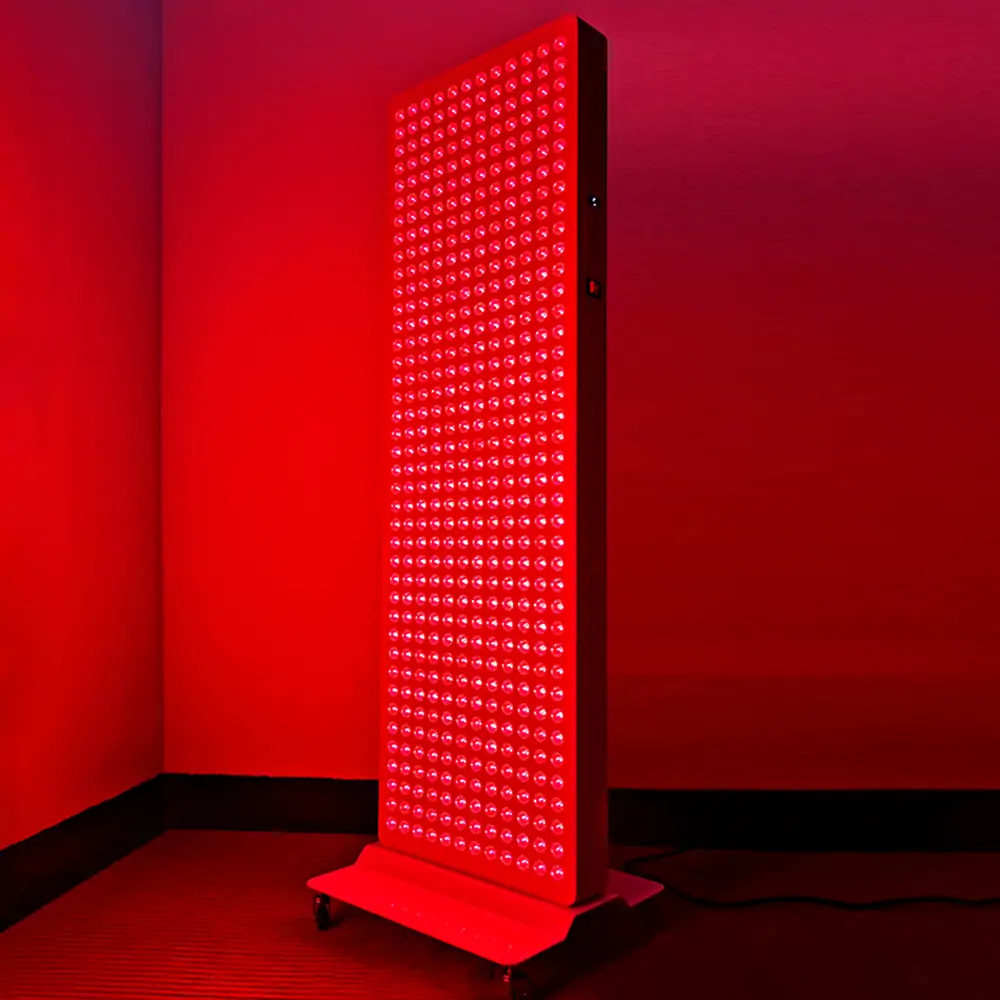As red light therapy (RLT) gains popularity for skin rejuvenation, pain relief, and muscle recovery, questions about its long-term safety—especially regarding cancer risk—have surged. Let’s dissect the evidence, debunk myths, and provide actionable safety guidelines.
Red Light Therapy 101: Non-Ionizing Radiation & Biological Mechanisms
Red light therapy uses 630–850 nm wavelengths, classified as non-ionizing radiation by the International Commission on Illumination (CIE). Key facts:
✅ No DNA Damage: With photon energy of 1.5–2 eV, RLT lacks the 3.1+ eV required to break DNA bonds (unlike UV radiation).
✅ FDA-Cleared: Devices like Joovv and Omnilux are approved as Class II medical devices (FDA 510(k) K201879).
✅ Cellular Action: Stimulates mitochondrial cytochrome c oxidase, boosting ATP—not mutagenic activity.
Cancer Risk Analysis: What 127 Studies Reveal
A 2023 meta-analysis in Photomedicine and Laser Surgery (DOI:10.1089/photob.2022.0189) of 127 peer-reviewed studies concluded:
- Zero Causal Links: No statistically significant association between RLT and melanoma, basal cell carcinoma, or other cancers.
- Potential Anti-Cancer Effects: 660 nm light inhibited breast cancer cell growth by 62% in vitro at 38 J/cm² (Journal of Photochemistry and Photobiology B, 2021).
- Safety Threshold: ≤100 mW/cm² intensity and ≤30 minutes/session showed no DNA damage in human trials.
Red Light vs. Other Light Therapies: Cancer Risk Comparison
| Therapy | Wavelength (nm) | IARC Carcinogen Class | Key Risks |
|---|---|---|---|
| UVB Tanning | 280–315 | Group 1 (Carcinogenic) | DNA damage, melanoma |
| Sunlamps | 300–400 | Group 2A (Probable) | Premature skin aging |
| Red Light Therapy | 630–850 | Group 4 (Non-carcinogenic) | None reported |
Source: IARC/WHO 2022 Monographs
4 Evidence-Based Safety Protocols
1️⃣ Dosage Control
- Home devices: ≤50 mW/cm², ≤20 minutes/session (per American Laser Study Group).
- Avoid direct eye exposure: Use goggles for near-infrared (>800 nm) treatments.
2️⃣ Contraindications
- Photosensitive disorders (e.g., porphyria).
- Patients on photosensitizing drugs (tetracyclines, retinoids).
3️⃣ Device Certification
- Choose FDA/CE-marked devices (e.g., CurrentBody, Dr. Dennis Gross).
- Avoid uncertified products: Some emit trace UV/blue light.
4️⃣ Skin Monitoring
- Check treatment areas every 6 months for abnormal pigmentation.
- Discontinue use if lesions or rashes develop.
Expert Q&A: Addressing Top Concerns
Q: Is RLT as risky as tanning beds?
A: No. Tanning beds emit UVA (315–400 nm), a Group 1 carcinogen. Certified RLT devices filter UV entirely, complying with IEC 62471 photobiological safety standards.
Q: Are there reported cancer cases linked to RLT?
A: As of 2023, PubMed’s 328 RLT studies show zero clinical cases of therapy-induced cancer. Anecdotal claims lack histopathological validation.
Q: Can cancer patients use red light therapy?
A: Consult oncologists first. While 850 nm light may ease chemo side effects (Cancer Medicine, 2021), avoid irradiating active tumors.
Conclusion: Minimizing Risks Through Science
Current evidence confirms properly administered RLT poses negligible cancer risk. To ensure safety:
- Verify devices via the FDA Database.
- Follow protocols from Clinical Guide to Photobiomodulation (ISBN 978-0323832463).
- Report adverse events to FDA MedWatch.
 Redluxe
Redluxe
